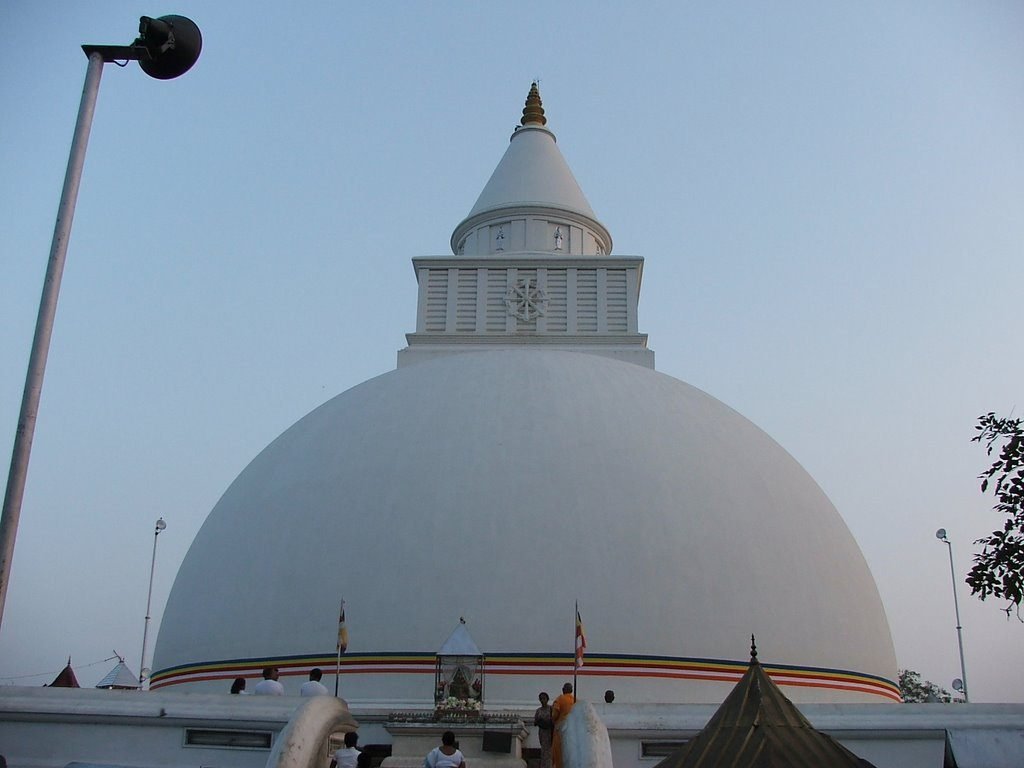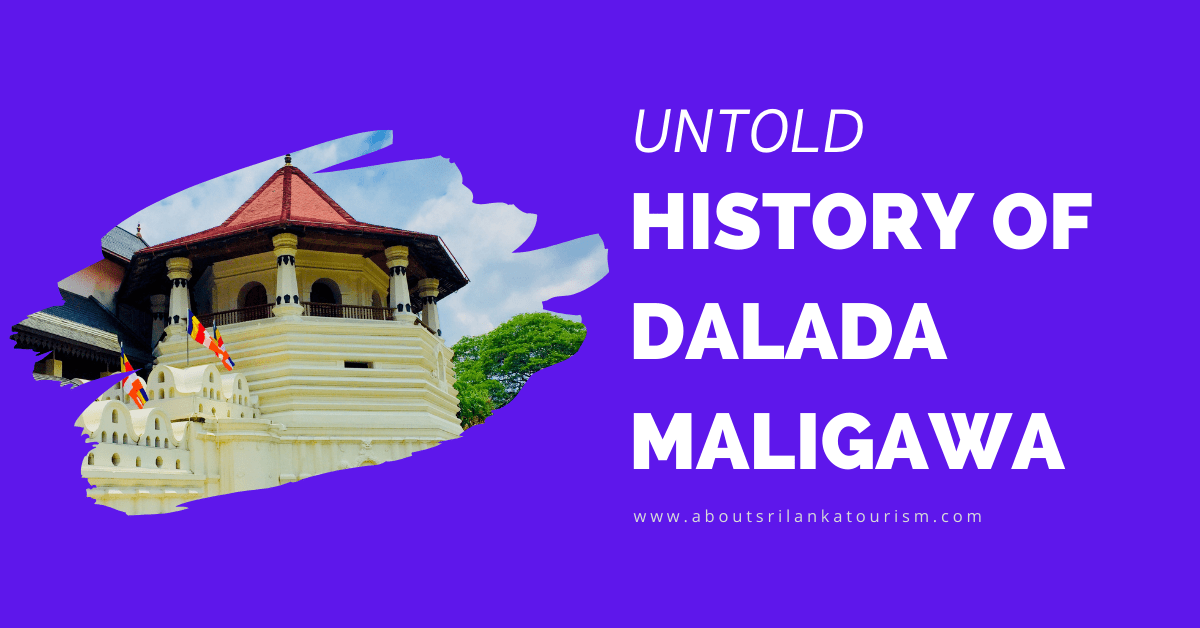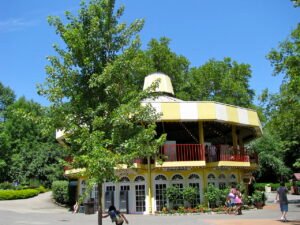Historical Katharagama Kiri Vehera sacred area

Based on historical, religious, social and other reasons, there are 16 Buddhist shrines in our country. These are called “Solosmasthana” Kataragama Kirivehera is one of the most popular places in Sri Lanka.
At present, there are three main features of the temple complex known as Kiriwehera. These are the Kirivehera stupa, the rituals of the Bo tree and the ancient temple of Kiri Vehera. In fact, the three elements can be seen in an area of approximately 1 sq. Km.
Priority of this temple complex is due to Kiri Vehera stupa. The entire temple complex is known as “Kiri Vehera Raja Maha Viharaya”.
This temple, which is commonly found in a Buddhist temple and not seen in a common Buddhist temple, is presently a glorious and glorious Buddhist monastery with 25 years of history. Today, you see this as a long history of growth and development, which has been a booming and degenerating, indigenous and secular Buddhist shrine.
Kataragama is a Sign name designated an area. Kiriwehiri is a name known as a Buddhist stupa. There are two or two mutually exclusive forms, but they can not be divided. It was built over a period of 25 centuries in comparison to one another.
The “Kataragama” is the most ancient in both of them. As a village, it is drawn to a far-reaching history as we know it. Kirivehera is situated on the same land and is called as Kirivehera in Kataragama. Sometimes a stupa called Polonnaruwa is found in the Kiri Vehera, and the usage of the Kiravera can also be confirmed.
Kirivehera was famous for its Kataragama, and Kataragama became famous for its Kirivehera. That is why it was mentioned below that there was a relative relationship.
If we pay attention to the legends of the Kiri Vehera stupa, we have three periods. If this stupa was built by Mahanaga, BC. Belongs to the third century. If Dutugamunu or Kavanwissa was built. BC. It belongs to the first century. If it was built by Mahango, BC. 6th century. All of these are timelines. In general terms, at least in the AC. BC. This implies that this stupa was built during the first century or earlier.
Preservation and establishment of the functions of the Department of Archeology. Accordingly, the Kiri Veher reform was done accordingly. Even today, the restoration of the ancient form of the Kiri Vehera stupa is possible due to the supervision and guidance of the Department of Archeology. All the artifacts found in excavations were ceremonially buried in the new relics of the Chaithya on May 13, 1964, and the antiquities found were later handed over to the Kiri Vehera temple for public exhibition. Details of this are contained in the administrative records of the Department of Archeology 1960, 1963 and 1964.
After the completion of the construction, the rectangular structure began and the relics of its relics took place in the presence of the Chief Prelate of the Shyamopali Vishwagicana, Most Venerable Amunugama Vipassi Mahanayaka Thera.
The problems in the construction of the higher dykes of the Dagger arose over whether they used a lineage according to the ancient tradition or whether they used a popular rebellion. No noble stupa in Ruhuna did not survive, and as a precedent, it did not survive.
They were insufficient to get an idea of its form, although the evidence of the existence of some gene or a few gates on the top of the old stupa.
Finally, it was decided to build a rebellion. The relics of the Kotha Rebellion which was built according to the Chief Incumbent of the Tissamaharama Raja Maha Viharaya, Ven. Jaya Ganegala Indresara Nayaka Thero. That was 1st September 1966.
A special feature is the relocation of several artefacts at Kiri Veher excavations at the Sathosa.
After the completion of the construction of the stupa, the dagger will be crowned. On February 26, 1970. As the Prime Minister of the Republic of Sri Lanka, Dudley Senanayake was crowned and decorated, he opened the Kirivehera stupa again to the public’s worship.
This was the model after the completion of the renovation work, which included the steps of the Chaithya Courtyard, the steps of the steps, the staircases and the protective walls.
Details About Katharagama Kiri Vehera
- The height of the dagger is 92 feet.
- The amount is 277 feet.
- The height of the tower is 6 feet.
- The height of the silhouet is 18 inches.
- The temple is located on a platform above the earth, which consists of three bodies.
The upper courtyard (Salapola Courtyard) is a 120 feet corner drainage system.
The second court (Gajan Courthouse) is a 384 feet square. Kataragama Kiri Vehera is the only one in the world that has been renovated with three bags.
As all aspects of the dignity and dignity are complete, since Sakalaganga is a complete Buddhist stupor, the experience of worshiping and worshiping can now be seen by everyone.











